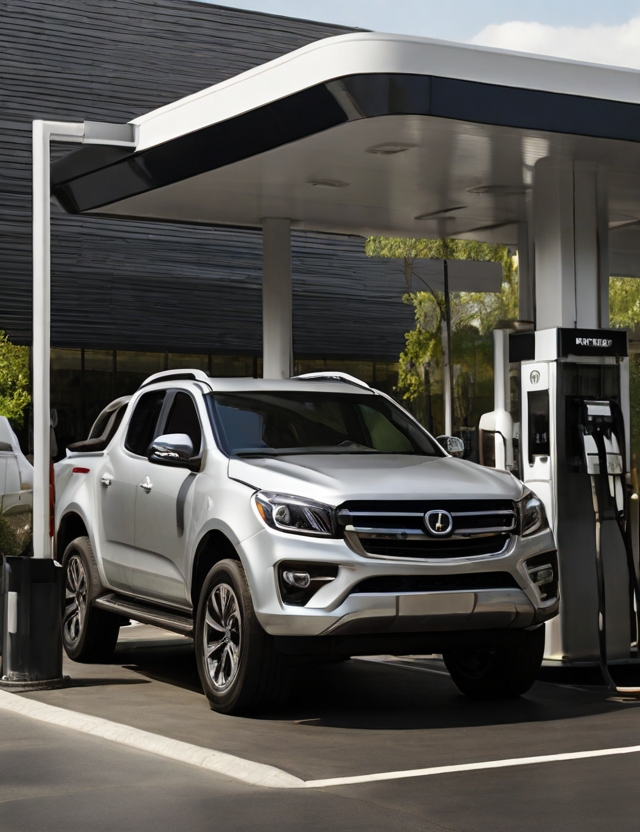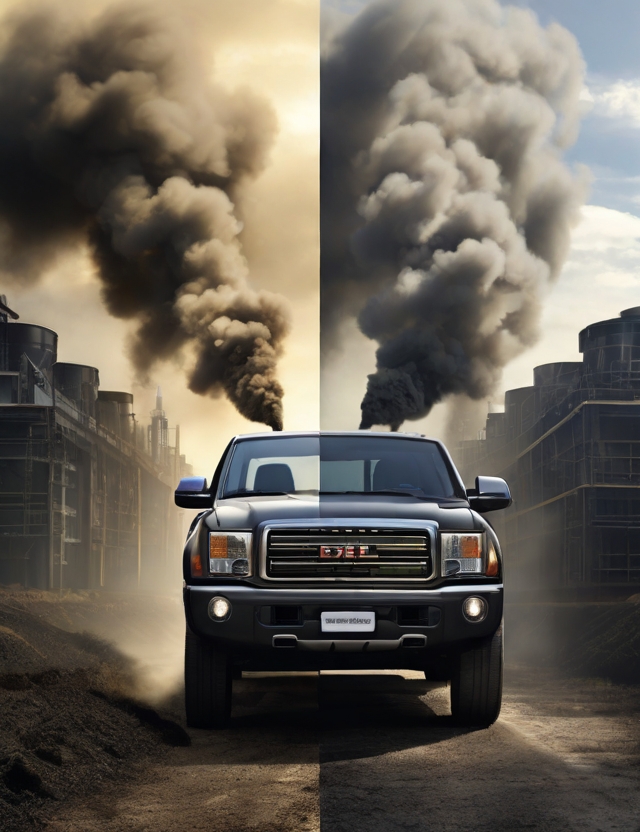Diesel S-10 aligns with cutting-edge engine technologies designed to emit fewer pollutants. Diesel oil, distilled from petroleum, is a byproduct primarily composed of hydrocarbons (hydrogen and carbon atoms), with smaller proportions of nitrogen, sulfur, and oxygen.
In recent years, diesel-powered engines have witnessed substantial innovations aimed at enhancing fuel efficiency and minimizing environmental impact. Periodically, environmental regulations establish standards for controlling pollutant emissions, and Brazil rigorously pursues goals to improve air quality.
However, diesel has progressed from S-1800, S-500, S-50 to S-10. The latter stands out as the most advanced, incorporating technologies such as Selective Catalytic Reduction (SCR or AdBlue) and Exhaust Gas Recirculation (EGR). Introduced officially in Brazil in 2014, Diesel S-10 adheres to the commercialization rules outlined in ANP Resolution No. 65/2011.
Advantages of Diesel S-10
In its composition, Diesel S-10 can contain a maximum sulfur content of 10 ppm—meaning only 10 milligrams of sulfur per kilogram of liquid, significantly less than traditional diesel.
Diesel S-10 finds application in automotive vehicles, agricultural machinery, industrial equipment, and construction machines. Its appearance is notably clear, verging on a subtle yellow hue. Key advantages of Diesel S-10 include:
Innovation
Representing an innovative fuel, Diesel S-10 ensures heightened performance, delivering exceptional power in machines designed to harness its potential.
Environmental Considerations
The characteristics of Diesel S-10 position it as a low-pollution fuel, reducing nitrogen oxide emissions by up to 98% and sulfur oxide and other particulate matter by up to 80%.
Extended Lubricating Oil Change Intervals
Diesel S-10 ensures a cleaner engine, reducing residue absorption by the lubricant and, consequently, prolonging its lifespan. Additionally, the low sulfur levels contribute to a reduction in residues, resulting in less frequent engine maintenance.
Older Engines
While initially, any diesel-powered vehicle or equipment can make use of Diesel S-10, a note of caution is warranted. Older engines and fuel injectors may lack the necessary adaptations to handle the lower lubricity of this fuel, potentially leading to clogging in hoses and nozzles. The cleaning action of Diesel S-10 might introduce sediments into the fuel system.
Furthermore, these older engines generally lack the technology required for the optimal combustion of this type of diesel. As a consequence, engine performance may be compromised, and the risk of potential damage increases.



